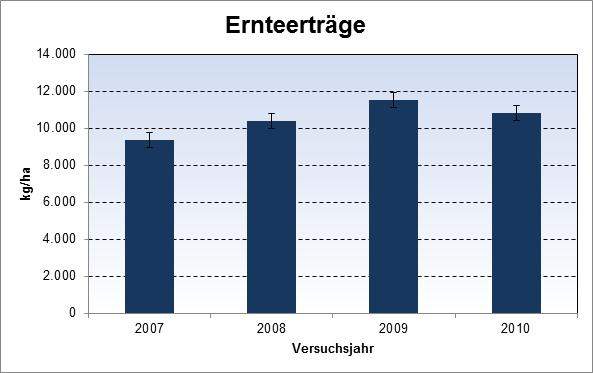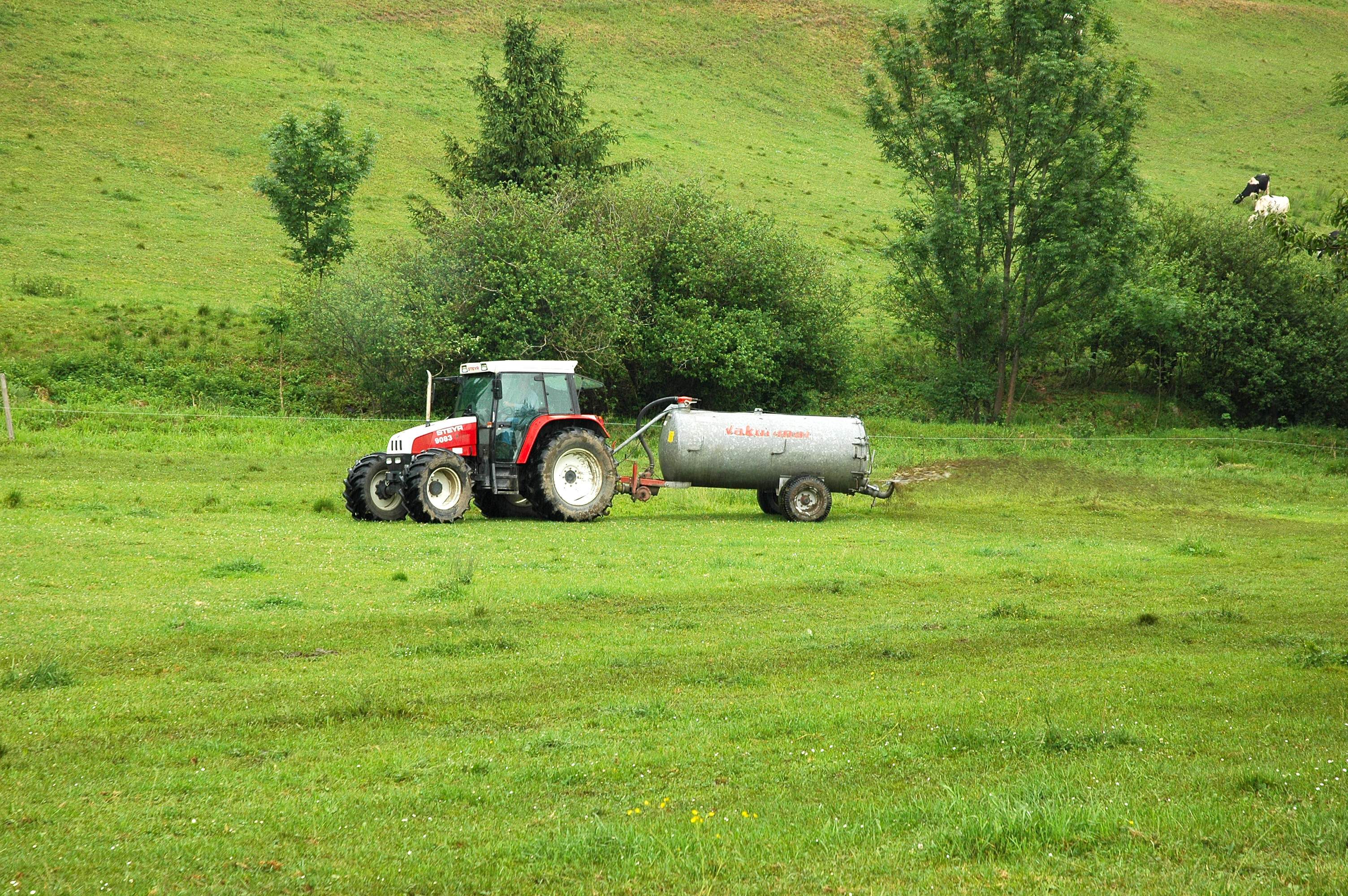The optimal application times for a manure farm are before the start of grazing and then 1-2 fertilizations in the summer. Liquid manure diluted 1:1 with water and applied at 8-12 m³ per hectare is ideal. It has to rain between manure fertilization and the start of grazing, so that the manure is easily washed off the leaves. In summer, fertilization on a short grass pasture is more difficult than on the paddock because there are no rest periods. With short grass pasture, the pasture area can be fertilized in 2 or 3 stages. Manure fertilization begins when a rainy period begins and then the fertilized part is not grazed. During the next rainy period, fertilize the next part of the short grass pasture. In the paddock system, the swell can begin immediately after drifting out of a paddock. Here it takes several weeks in the summer before you can enter the paddock again.
Companies that have solid manure available produce manure compost or at least rotted manure. This is applied at 10-15 m³ per ha in the autumn after grazing. Over the winter, the compost or rotted manure can grow well into the soil and no longer interfere with grazing in the spring. A compost spreader is best suited for spreading, as it ensures very fine distribution. Before grazing, you can add 8-12 m³ of manure fertilizer.
Basically, it should be noted that less fertilizer is produced on a pasture farm in summer. Therefore, fertilization for the remaining cut areas must be carefully calculated. The largest amounts of fertilizer are already generated on the pasture by the animals, which is why good pasture management is required that is responsible for optimal distribution and thus also fertilization.
Examination results:
When evaluating a trial in which pasture and cutting systems were compared, the yields within the trial years were also evaluated. It was observed that after the first year of testing (2007) there was a significant increase in yield in all test variants. The main influence of this increase in yield is likely to be regular fertilization tailored to usage. This illustrates the great importance of manure in grassland operations and shows the importance of proper fertilizer planning.







